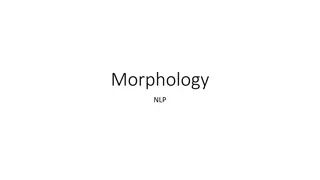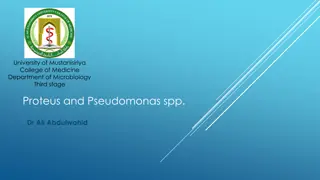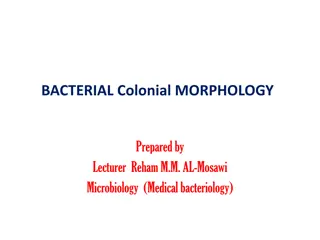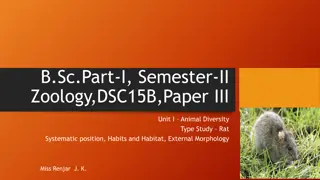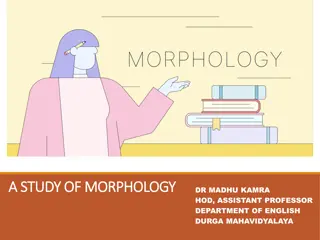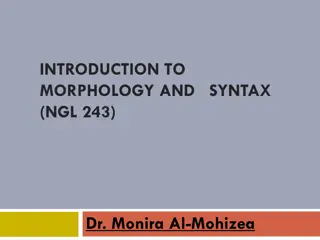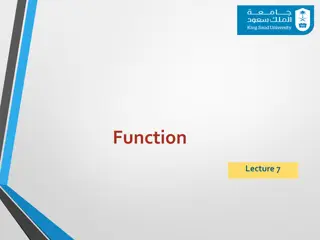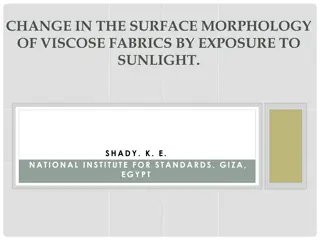External Morphology and Functions of Balanoglossus
Balanoglossus is an elongated, wormlike animal with a unique body structure divided into proboscis, collar, and trunk regions. The body wall consists of an outer epidermis, inner musculature, and peritoneum, providing protection and support. The proboscis is a club-shaped structure, the collar contains the mouth, and the trunk features gill slits and genital ridges. The body wall serves functions like protection, mucus secretion, sensory reception, and locomotion assistance.
Download Presentation

Please find below an Image/Link to download the presentation.
The content on the website is provided AS IS for your information and personal use only. It may not be sold, licensed, or shared on other websites without obtaining consent from the author. Download presentation by click this link. If you encounter any issues during the download, it is possible that the publisher has removed the file from their server.
E N D
Presentation Transcript
Unit Unit - - VI Hemichordata VI Phylum Phylum Hemichordata
External Morphology of Balanoglossus External Morphology of Balanoglossus Balanoglossus is an elongated and wormlike animal. The length of the body usually ranges from 10-15 cm. But Balanoglossus aurantiacus of the south eastern coast of the United States attains about 1 meter in length. The largest acorn worm Balanoglossus gigas reaches is more than 2.5 meter in length and ranges from North Carolina, Brazil to Cape Hatteras. It can construct a burrow up to a depth of 75 cm or more. The body is divisible into three major parts the proboscis or protosome, collar or mesosome and trunk or metasome (Fig. 2.3A). The trunk is further subdivided into an anterior branchiogenital region, a median hepatic and a posterior caudal or post-hepatic region.
Proboscis: The proboscis is a short club-shaped structure forming the anterior most division of the body. The proboscis narrows posteriorly to a proboscis stalk. It is hollow and communicates with the exterior by a single proboscis pore situated on the left side of the proboscis. Collar: The median part of the body consists of a flap of muscular tissue forming the collar. The proboscis is anterior to the collar. The proboscis stalk and a portion of the posterior part of the proboscis are concealed by the collar. The collar cavity is paired and opens to the exterior by two apertures. The collar houses the mouth on the ventral side.
Trunk: The trunk is rather long. The branchiogenital region is marked by a pair of thin flap-like longitudinal genital ridges which contain the gonads. Double rows of gill-slits or pharyngeal slits are present on the dorsal surface of this region. The gill-slits increase in number as the animal grows older. The gill-slits are placed on a prominent elongated ridge.
Body Wall of Balanoglossus The body wall of Balanoglossus is made up of an outer epidermis, an inner musculature and peritoneum. Epidermis: It consists of a single layer of epithelial cells. The epithelial cells are of tall columnar type and have their nuclei near their broader bases. Musculature: The musculature of typical body wall and gut wall is greatly reduced and more or less replaced by muscles arising from the coelomic epithelium. The muscle fibers are smooth and of circular, longitudinal and diagonal types. The muscle layer lies below the basement membrane. Peritoneum: It is found just beneath the musculature and outside the Coelom. It is also called the coelomic epithelium.
Functions of Body Wall: The body wall protects the tender internal organs from mechanical injuries. Mucus secreted by gland cells adhere sand particles of burrow formed by the animal. Foul smell of mucus is protective. Neurosensory cells receive and transmit the stimuli. Musculature helps in locomotion.




